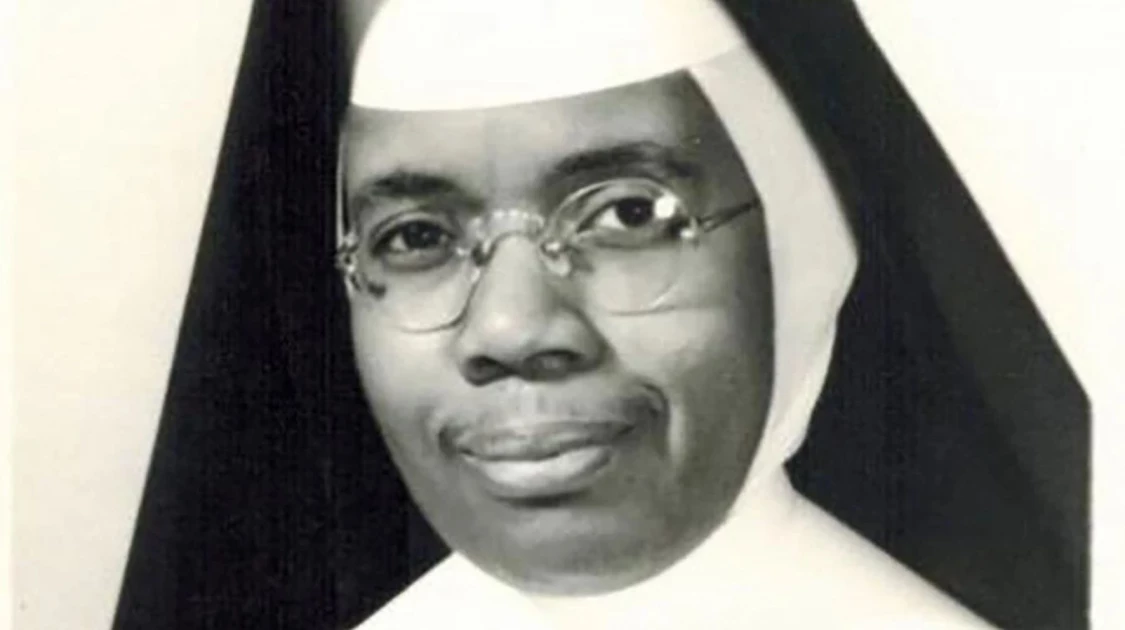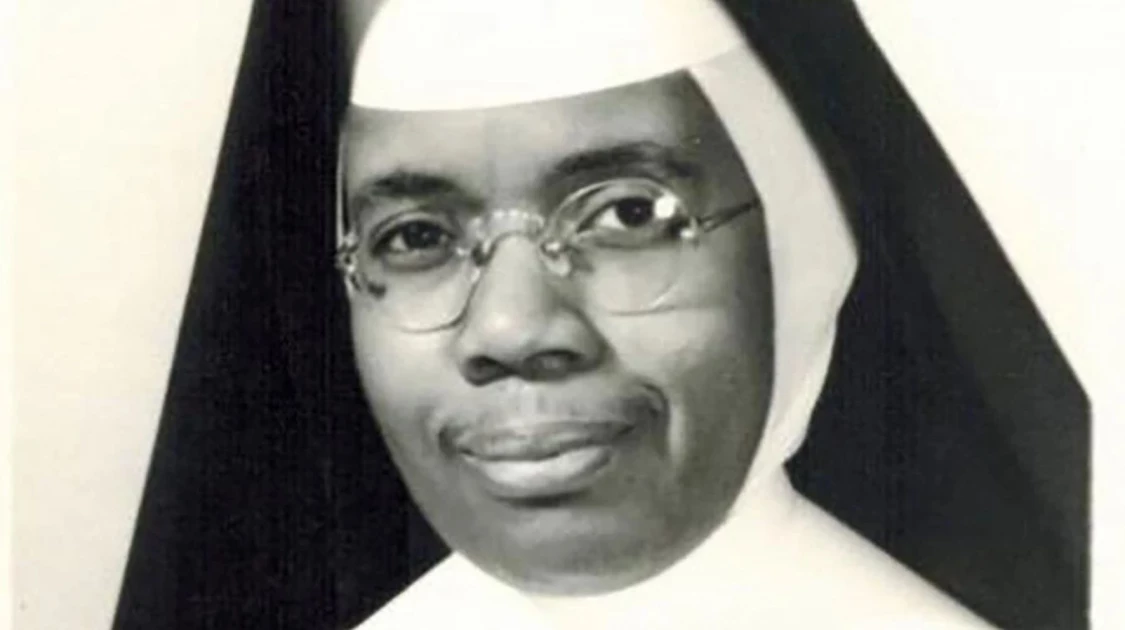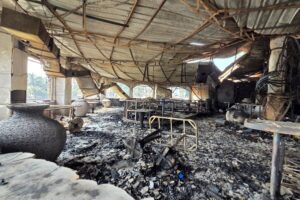A Nun’s body, Sister Wilhelmina Lancaster who passed away at the age of 95 in 2019, was recently exhumed after approximately four years for relocation to her final resting place within the monastery chapel.
To the amazement of onlookers, her body displayed no signs of decay—a phenomenon known as incorruptibility, according to Catholic tradition.

Despite not being embalmed and placed in a simple wooden coffin, Sister Wilhelmina’s remains were found completely intact upon unearthing, as reported by the Catholic News Agency. This remarkable discovery has captured the attention of members within the church and has led to an investigation.
In response to the widespread interest, the Diocese of Kansas City-St. Joseph released a statement acknowledging the importance of protecting Sister Wilhelmina’s mortal remains while facilitating a thorough investigation.
Read also: Pope Francis to reconsider celibacy for Priests
Bishop James Johnston has called upon the faithful to continue praying during this period, seeking divine guidance in understanding the situation. The diocese also emphasized that while incorruptibility is rare, the process of pursuing sainthood has not yet commenced for Sister Wilhelmina Lancaster.
According to the Catholic News Agency, over 100 incorruptible bodies have been recognized as saints within the Catholic Church. These preserved bodies serve as a testament to the truth of resurrection and eternal life in Catholicism.
Experts have weighed in on the matter, noting that the relatively well-preserved state of bodies, especially within the initial years after death, is not uncommon. Nicholas V. Passalacqua, Western Carolina University’s Associate Professor and Director of Forensic Anthropology, explained that while exhumation is infrequent, various well-preserved human remains exist worldwide.

He cited examples such as Egyptian mummies intentionally preserved through specific techniques, as well as the Bog Bodies of Europe, which benefited from low-oxygen environments inhibiting decay and scavenging.
Read also: Pope Francis: Vatican Confirms Gradual Improvement after Respiratory Scare
Passalacqua further remarked that without any additional protective measures like a coffin, it typically takes around five years for a body to become skeletonized. Considering Sister Wilhelmina’s burial in a coffin, the preservation of her remains after just four years is not entirely surprising.
The body of Sister Wilhelmina will be displayed in the sisters’ chapel until May 29, during which a rosary procession will take place. Following the procession, her body will be encased in glass near the altar of St. Joseph within the chapel, allowing devotees to pay their respects.
As the investigation continues into this extraordinary occurrence, the faithful and curious alike are drawn to the monastery, contemplating the mysteries surrounding Sister Wilhelmina Lancaster’s incorruptible body and the implications it holds for their faith.
Subscribe to Switch TV
















